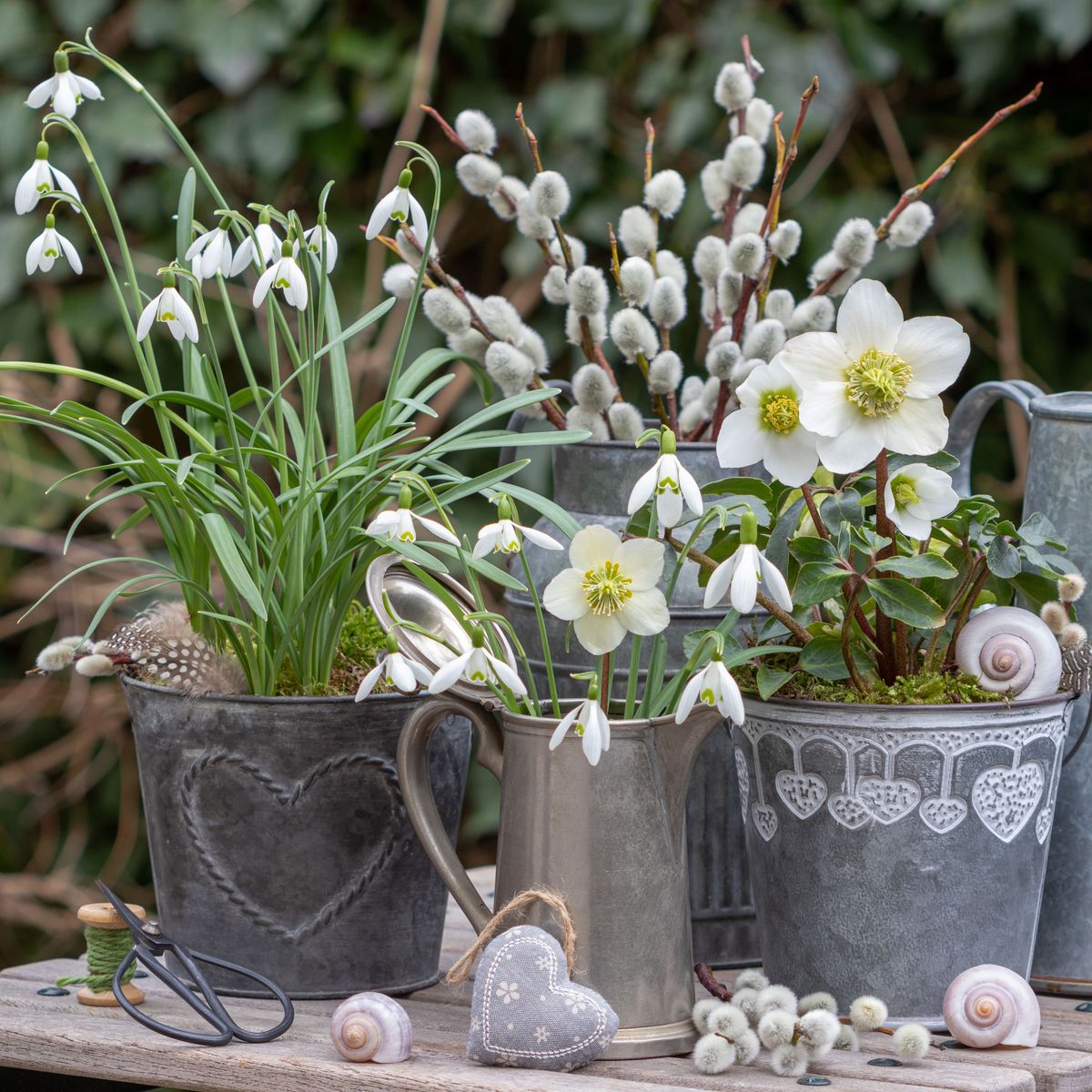Birds are one of the great joys of a gardener, and the wild variations in size, color and comportment of different species attest to the endless creativity of nature. While I enjoy the small, city birds that visit my garden in San Francisco, my true delight comes from birdwatching in France.
Getting to Know the Birds in France
One of the first things I built when we moved to a small stone house in the Pyrenees in French Basque Country was a bird feeding station. I stacked up several large wooden spools – used for electric wire – and grounded them with a stake through the central holes into the ground below.
This proved an endless source of joy and entertainment, particularly in the springtime. Parent birds would park their young on the various levels of the feeding station and fly off to find worms or get water. Although at first we recognized only the robins, in time we came to know and love many other species. Here are a few of my personal favorites.
European Robin
It was easy enough to recognize a French robin, even though it looks very different from its American counterpart. French robins are called “rouge gorges”, meaning red throats. And they, like American robins, have that giveaway red breast. But otherwise, robins in France are small and delicate, perhaps half the size of American robins. They stayed all year long, making them familiar members of our little community.
My favorite robin story involved a dramatic rescue: saving two baby birds from a snake. My young daughter came running into the house in tears one afternoon telling me that a snake was about to eat two baby robins.
I rushed outside to see the robin’s nest, halfway up the rocky rise beside the house. Two fuzzy birds peeked out fearfully. The nest was inaccessible to a crawling snake, but a couleuvre snake had spotted them, climbed into a tree, and was beginning a descent to the nest on a drooping branch. Both parent birds were circling the branch, trying to dissuade the snake by chirping and fluttering bravely, without success.
I was afraid of snakes, and this one was several feet long. But I knew I had to do something. I got a large bucket with a lid and positioned it on the ground beneath the snake’s branch, then cut off the branch, sending it and the snake into the bucket. This sounds a lot smoother an operation than it was, but, pumped full of adrenaline, I managed to clap the lid on the bucket. We carried the bucket up the mountain and released it far away.
French Merle
The blackbird in France is of the species Turdus merula. It is called the merle and it may be my favorite garden visitor. When I wake up in the morning in spring, summer and fall, my “alarm” is the song of the merles from the trees around the house.
These birds are either glossy black or dull black. Adult males have shiny black feathers with a bright yellow bill and eyering. The females and young birds are a duller, dark brown. They visit the property to feed on the holly berries and their beautiful song is a true delight to hear. While they don’t usually accept the sunflower seeds or suet from my feeder, they do drink from the water dish when they think I am not watching.
I love the merles for their song, their fierce independence, and the flash of glossy black as they fly by. We are neighbors on the mountain but not friends, although sometimes baby merles are left on the bird feeding station, large, fuzzy and hungry, as the parents go off to find food..











